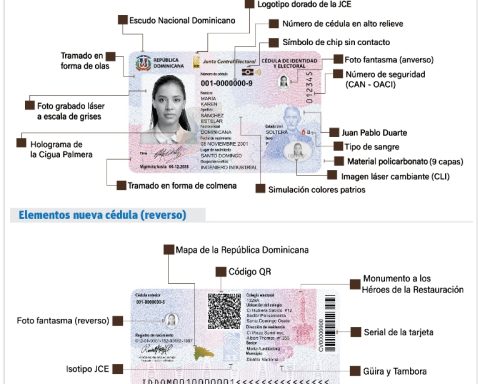The growth of labor productivity in the Dominican Republic is only surpassed by the growth of productivity in Panama and Costa Rica.
In labor productivity, which is calculated by dividing the Gross Domestic Product (GDP) by the number of hours worked, the Dominican Republic is among the highest in Latin America and the Caribbean that exhibit the best results.
According to a report by ECLAC, the Dominican Republic’s labor productivity growth was over 50% between 2005 and 2024, only surpassed by the productivity growth of Panama and Costa Rica. In the case of Panama, its productivity growth has been astonishing: it grew by 151% in the period.
Costa Rica’s labor productivity also increased by more than 50%, and the rest of the countries were divided between those with moderate productivity growth and those in the group with low growth.
Among the countries with moderate growth in labor productivity are Paraguay (49%), Bolivia (48%), Colombia (46%), Cuba (42%) and Chile (35%), while in the group with low productivity growth are Honduras (5%), Ecuador (5%), Mexico (11%), Jamaica (14%), El Salvador (15%), Argentina (15%), Brazil (17%), Trinidad and Tobago (18%) and Guatemala (23%). Venezuela experienced a 52% decrease in productivity.
To illustrate what happened with productivity in the region, an indicator that allows measuring the efficiency and performance of the economy, the ECLAC report comments that “while in 2005 the productivity of the countries in the region that could be considered high-income was US$25 per hour worked and that of the lower-middle-income countries was US$5 per hour worked, in 2024 said productivity is US$34.4 per hour worked and US$6.5 per hour worked, respectively.”
The findings of this report reaffirm the content of another report that the Economic Commission for Latin America (ECLAC) had published in December 2022, which classified the countries of the region between those whose average labor productivity grew more than that of the United States (Brazil, Costa Rica, the Dominican Republic, and Chile), those whose average labor productivity increased at a slower rate than that of the United States, but with closing gaps (Peru, Bolivia, and Colombia), and countries whose average productivity did not increase, or did so at a rate that widened the gap that separates them from the United States (Mexico, Venezuela, Uruguay, Guatemala, Paraguay).
Among the factors that have contributed to the increase in productivity in the Dominican Republic are political stability, its enviable geographic location, its robust infrastructure (especially in ports, airports and road network), the high flow of foreign investment, its institutional advances, changes in the tax structure (less dependent on foreign trade taxes) and technological transformation.
But there is still much to be done, especially in the implementation of reforms to continue facilitating the business climate and further strengthening human capital, creating an ecosystem that promotes innovation and research in the country.


















